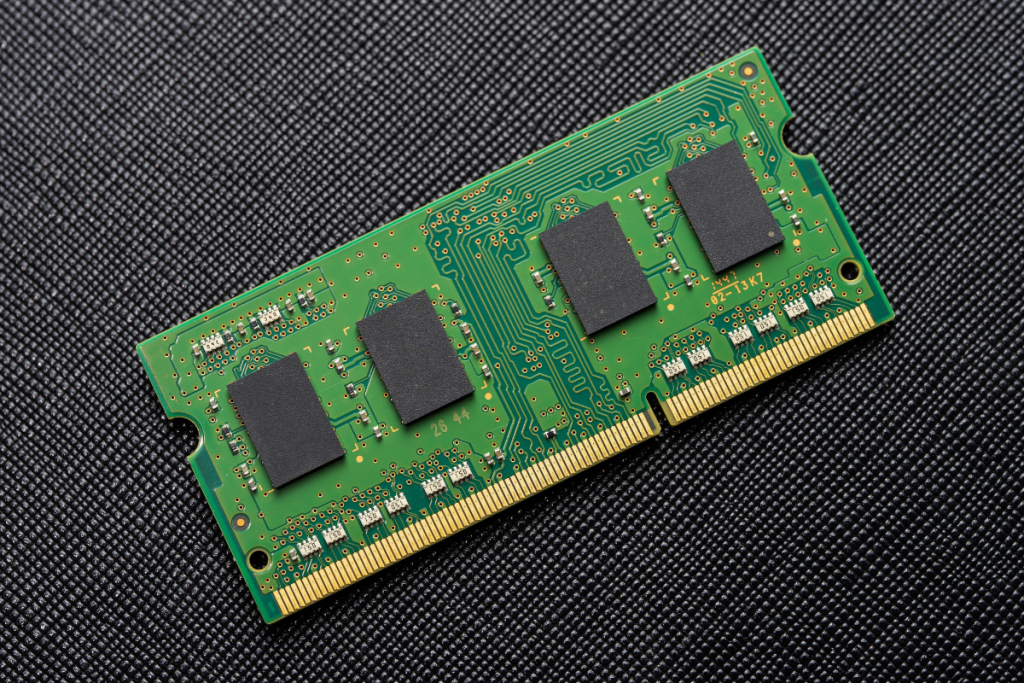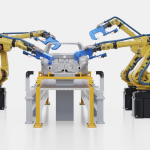When demand starts to recover, many manufacturers quickly ramp up production and invest in more capacity. Micron, however, is taking a different path. The company is deliberately holding back production and investment in its lower-margin product lines, focusing instead on profitability and product mix over raw volume. This careful approach has valuable lessons for supply chains dealing with unpredictable markets.
More Isn’t Always Better
For its memory products, Micron is choosing to limit production, even though market demand is showing early signs of recovery. It is avoiding the temptation to restart idle production lines or invest heavily in new equipment that could boost output. Instead, Micron is accepting lower production rates in exchange for greater cost control and reduced risk.
The company is prioritising higher-value products and letting lower-margin segments stay under-supplied. It is also keeping inventories lean and running existing equipment at higher utilisation, rather than spending on upgrades. For supply chain leaders used to chasing unit growth, this approach challenges traditional thinking by linking production decisions more directly to profitability.
In past downturns, Micron learned that restarting too quickly often flooded the market and drove prices down. This time, the company is taking a more selective approach, concentrating on products and markets where it can maintain pricing power. The supply plan is built around financial resilience rather than optimism.
Controlled Recovery
What makes Micron’s strategy stand out is how intentionally it is pacing its recovery. In product lines where demand is still weak, the company is not trying to regain volume at any cost. Instead, it is aligning output to more stable end markets, such as industrial and business systems, while staying cautious about more volatile consumer demand.
Internally, this requires close coordination between planning, operations, and sales. Production changes are carefully timed to match predictable demand, avoiding large swings in stock levels.
Micron is also deliberately slowing down technology upgrades that might temporarily disrupt yields or quality. By maintaining proven processes a bit longer, the company protects consistency and avoids unexpected costs, even if it means giving up some short-term efficiencies.
Redefining Scale
Micron’s approach challenges the reflex many supply chain teams have — that growth automatically means scaling up fast. Instead, it shows that holding back, while carefully choosing where to grow, can deliver stronger long-term results.
For any industry facing unpredictable demand, the lesson is clear: growth must be earned through disciplined product and customer choices. Restarting production should not be automatic. Sometimes, the best way to build resilience is to move more slowly and intentionally.





